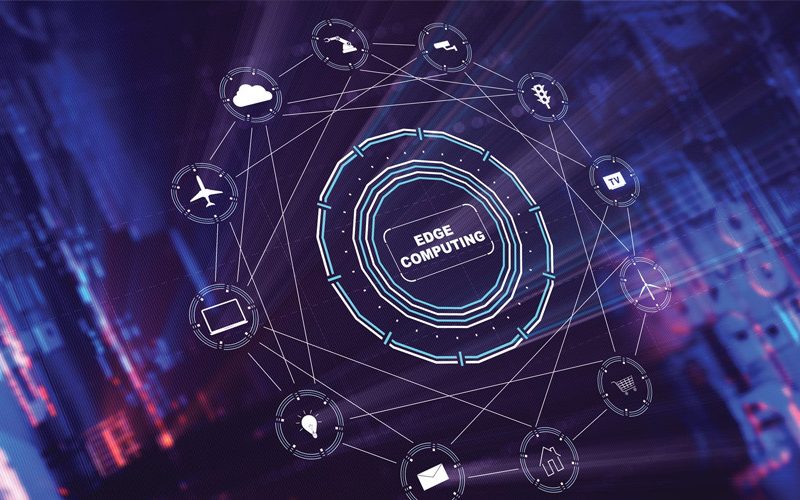Edge computing is becoming crucial to many enterprises and will be required for future business success.
An array of networks and devices that are at or close to the user are referred to as edge computing, an emerging computing paradigm. Edge is about processing data more quickly and in larger volume near to the point of generation, providing action-driven solutions in real-time.
Edge can revolutionize a company across all sectors and functions, from marketing and consumer engagement to production and back-office operations. Edge supports proactive and adaptable business processes, frequently in real-time, resulting in fresh, improved user experiences. Edge computing, which enables businesses to operate applications with the most essential dependability, real-time, and data needs directly on-site, is what unites all of these cases. In the end, this enables businesses to innovate more swiftly, launch new products and services more quickly, and create opportunities for the emergence of new revenue streams.
We will briefly go through some of the reasons as to why edge computing is being adopted by organizations:
- Edge computing eliminates the need to transfer data back and forth between endpoints and the cloud. The time savings from eliminating that journey can be measured in seconds, and occasionally even milliseconds. That might not seem like much, but latency, or travel time, is a crucial factor in a connected world where endpoint devices must be able to make decisions in real-time to work properly. For instance, for machines to perform securely, autonomous vehicles, industrial and manufacturing IoT deployments, and medical use cases all need them to evaluate data and return instructions almost instantly.
- Even when communication connections are sluggish, patchy, or briefly unavailable, edge computing still functions. An energy firm, for instance, could choose to move only the necessary processed data from the edge back to its data center when the connection is available rather than continuously relying on a satellite connection to transmit data to a data center for processing. A failure at one edge device won’t affect the performance of other edge devices in the ecosystem, improving the reliability of the entire connected environment. Edge computing also improves resilience by reducing a central point of failure, as is the case with centralized servers.
- The realization of smart manufacturing is based on edge computing. On the factory floor, doing near-real-time analysis offers the chance to significantly boost operational effectiveness and profitability. While edge computing systems gather data to create smart industrialization tools like digital twins, line shutdowns can be avoided by spotting process irregularities that affect yield.
- Edge computing usage can assist companies in enhancing cybersecurity and protecting their networks and IoT data from threats. Cloud data centers may be especially vulnerable to attack due to their centralized structure. By hacking into a single network, hackers can steal data from numerous targets or enterprises. Business data storage can be made less alluring to hackers by dispersing valuable information and assets. At this time, both large corporations and small businesses are susceptible to cyber-attacks. Businesses looking to increase IoT manufacturing performance and safeguard their networks can benefit greatly from edge computing when used in conjunction with other IoT device security measures.
- Businesses can add edge devices as their uses grow, ensuring that they are only deploying and managing what is necessary. Organizations or enterprises can scale at the edge more effectively since endpoint hardware and edge devices frequently cost less than adding more computer resources within a centralized data center.
- Although the cost of data storage has greatly decreased over the past decade or two, the cost of transporting data is rising as its volume rises. As the amount of data increases, experts predict that connectivity costs will keep rising. In order to handle the load, users would presumably need to adopt more bandwidth, which will raise the cost. By minimizing the quantity of data transferred back and forth to the cloud, edge computing can help keep expenses under control, or at least from rising as high as they could.
By offering lower latency, more dependable connectivity, and simpler scaling, edge computing enables enterprises to fully benefit from IoT and associated Industry 4.0 technologies. Additionally, edge computing aids companies and organizations in maintaining the safety of their networks and safeguards their data from the rising threat of cybercrime.







